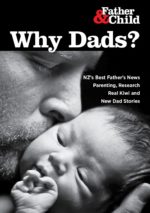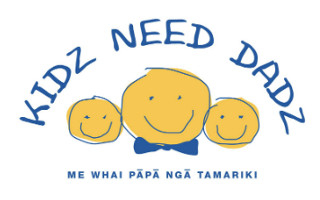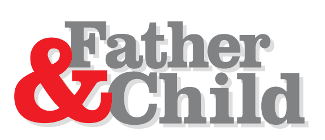Paternal Species in New Zealand
Children’s stories are full of baby animals and their mums. As a society we love to suggest to our kids that the mother-child bond is universal in the animal kingdom, and so it should be no different with people.
Enter the New Zealand fauna, which is dominated by birds. Birds have a tendency to mate for life at the best of times, and in environments where it gets really rough, such as Antarctica, the males get to do all the dirty work.
In the case of Emperor Penguins this involves huddling up to each other without food for weeks and weeks, protecting their eggs from –20 degree winds.
Amongst fish, not generally known for their diligent babycare, New Zealand waters sport generous numbers of seahorses who, as we all know, have taken role-reversal to the extreme: it is the males that get pregnant.
But where it gets really interesting is amongst amphibians.
New Zealand indigenous frog species have a lot of unusual characteristics such as males and females finding each other by scent rather than incessant croaking, and they generally shun water.
In three of the four native species, the fathers not only protect the fertilised eggs until spawning, they then take the youngsters on their backs until they reach a decent size (although Hochstetter Frog parents just take off).
But all this is eclipsed by the New Zealand human male who spends almost all of his time providing and directly caring for his brood and their mother while the children are young. One in twenty New Zealand human fathers even do everything by themselves.
Research has also reported that separation from their children causes New Zealand human males severe distress and leads to abnormal behaviour.
Here’s our top five of New Zealand’s most involved animal dads:
1st Place
NZ Human
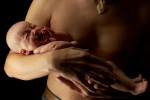 Unlike virtually all other mammals and some other varieties of Humans NZ Human fathers are capable of raising their young by themselves, although they prefer to do it while mated.
Unlike virtually all other mammals and some other varieties of Humans NZ Human fathers are capable of raising their young by themselves, although they prefer to do it while mated.
They often concentrate on hunting for food and gathering trinkets to encourage the female of the species to remain involved, and only display the most caring behaviour for their children when the female is not looking.
Human children are uniquely attuned to their fathers, and when deprived of his care are often more aggressive especially as adults, and rarely achieve a high status or acceptance in the herd.
High predation by the Workplace, a parasitic species that enslaves Human males to work towards producing more Workplaces (a process known as ‘economic growth’), has severely limited male childcaring behaviour, and appears to be the reason for a declining population.
Runner-Up
Native Frog
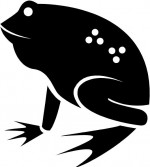 The dads of Hamilton, Archie’s and Maud Island frogs, all native and only found in NZ, piggyback their kids like possums until they’re old enough to fend for themselves.
The dads of Hamilton, Archie’s and Maud Island frogs, all native and only found in NZ, piggyback their kids like possums until they’re old enough to fend for themselves.
For frogs this is exceptionally paternal: frog species everywhere else just lay and fertilise their eggs in water and then forget about them. Like Human dads they don’t make much noise about it: native frogs don’t croak.
3rd Place
Little Spotted and Brown Kiwi
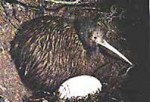 Given what enormous eggs Kiwi females lay, it’s no surprise that they need a bit of a break after that. Mated for life, the fathers of these two species do all the work (the other Kiwi species are more sharing).
Given what enormous eggs Kiwi females lay, it’s no surprise that they need a bit of a break after that. Mated for life, the fathers of these two species do all the work (the other Kiwi species are more sharing).
Once hatched, however, it all gets a bit too bothersome and the chick has to fend for itself almost immediately.
4th Place
Fiordland Crested Penguin
The dads of this penguin species are rather committed protectors. They fast for more than a month in order to protect first the egg and then the hatchling, while the female goes out to get some food for the chick. Once the chick can be left alone for a while, both parents contribute to providing food.
5th Place
Takahe
Like many NZ Human fathers, the dads of this flightless bird do the nightshifts: Females tend to incubate the egg during the day, while males sit on it during the night. After hatching both parents feed the chick for about three months before kicking them out.

